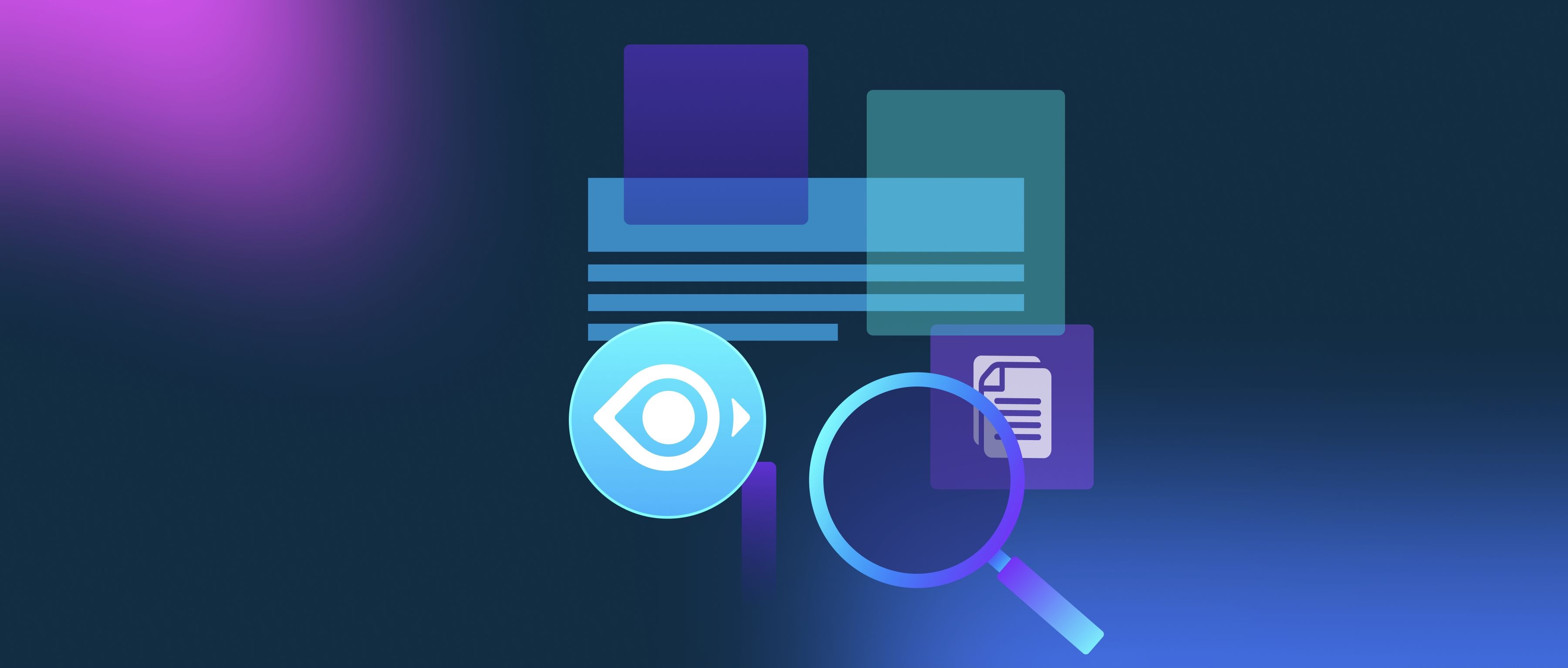Swarm intelligence refers to the collective behavior of decentralized, self-organized systems, typically inspired by the behavior of social insects like ants, bees, and birds. Several algorithms are prominent in this field, each drawing lessons from nature to solve complex problems. Some of the most well-known swarm intelligence algorithms include Particle Swarm Optimization (PSO), Ant Colony Optimization (ACO), and Bee Algorithm.
Particle Swarm Optimization (PSO) is based on the social behavior of birds or fish. In PSO, a group of potential solutions, known as particles, move through a solution space. Each particle adjusts its position based on its own experience and the experience of its neighbors. This adjustment allows the swarm to explore the problem space efficiently and converge towards the optimal solution. PSO is particularly effective for continuous optimization problems and is commonly used in fields like machine learning and control systems.
Ant Colony Optimization (ACO) mimics the foraging behavior of ants. In ACO, artificial 'ants' explore paths in a graph representing possible solutions to a problem. As they move, they lay down pheromones that signal to other ants about the quality of the path taken. Over time, paths with stronger pheromone trails are favored, allowing the swarm to identify optimal routes. ACO works well for discrete optimization problems, such as the Traveling Salesman Problem (TSP) and routing tasks. Finally, the Bee Algorithm is inspired by the foraging behavior of bees. It combines exploration and exploitation strategies to efficiently search for the best solutions, often applied in engineering design and scheduling problems. Each of these algorithms illustrates unique mechanisms derived from nature that tackle optimization tasks in different domains.
